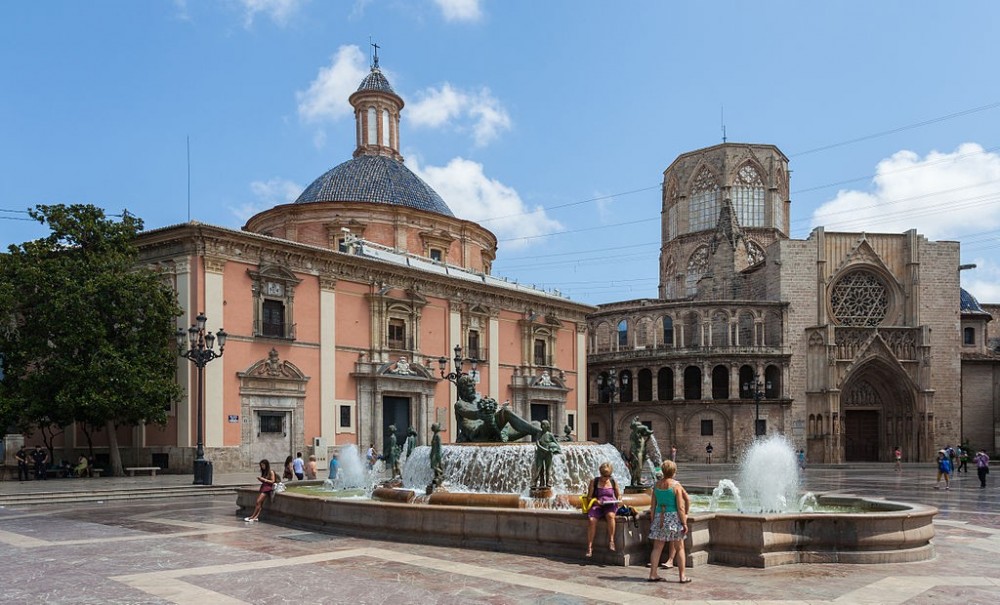

In the past few decades, this well-regarded porcelain company revisited its functional beginnings.

In the early 2000s, Lladró introduced its technically brilliant High Porcelain line.Ĭurrently, the Lladró brand continues to enjoy strong market demand. In the 1980s, there was the launch of the Lladró Collectors Society and the opening of Lladró’s first gallery and museum in New York City. Lladró began to introduce more complex pieces and limited-edition series. Throughout the 1960s, 70s, and 80s, the company gained international recognition for its fine porcelain figurines. The company also expanded production outside the Spanish market, introducing its first pieces to United States collectors in 1965. Lladró Production, Expansion, and Present Dayĭuring the 1960s, Lladró developed more dynamic pieces and specialty figurines. The Lladró brothers moved to a nearby Tavernes Blanques warehouse, and they hired additional artisans to help them. Lladró porcelain figures soon became so popular that the brothers expanded their operations. In 1955, they began making figurines, reviving the style of 18th-century makers such as Capodimonte. In 1953, brothers Jose, Juan, and Vicente Lladró started a part-time porcelain ceramics business near Valencia, Spain.Īt first, the Lladró brothers sold functional pieces, such as vases and plates, at their local market.

The iconic Lladró porcelain figurines have a colorful history. You should also make sure you know accurate selling prices for these sought-after porcelain figurines. Before you search for these pieces at your neighborhood estate sale this weekend, you’ll want to learn about the factors that determine a Lladró figurine’s value. When shoppers discover these exquisitely crafted porcelain pieces, they often snap them up for their collections. Lladró figurines at an estate sale are a wonderful find. For decades, beautiful Lladró porcelain figurines have been renowned for their craftsmanship.


 0 kommentar(er)
0 kommentar(er)
